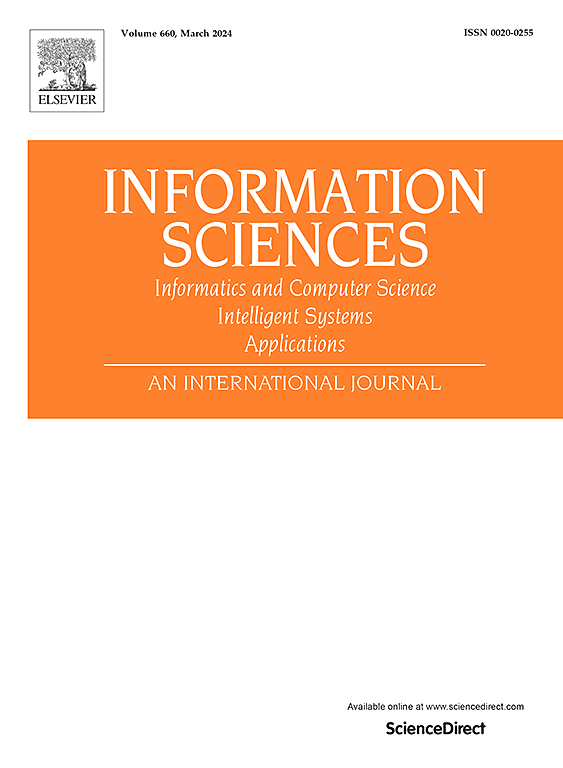用于链路预测的子图对比监督神经网络
IF 6.8
1区 计算机科学
0 COMPUTER SCIENCE, INFORMATION SYSTEMS
引用次数: 0
摘要
链接预测是网络分析中的一项关键任务,旨在预测节点之间缺失或潜在的链接,其应用跨越社会科学、生物学和计算机科学。最先进的方法通过提取h-hop子图结构成功地将该问题转化为二值图分类任务。然而,这种方法阻塞了h-hop子图之外的信息流,并且需要额外的内存。为了解决这些限制,我们提出了一个包含对比学习组件的端到端链接预测图神经网络。具体来说,我们利用跨尺度对比学习,通过最大化h-hop子图信息和目标链路周围节点表示之间的互信息来巩固子图信息。在不显式提取子图结构的情况下,该方法可以使用全局信息更新节点表示,同时避免了对额外内存的需求。在普通图和属性图上的大量实验结果表明,我们提出的方法具有一致的竞争性性能,在大多数情况下优于其他最先进的方法,具有令人满意的计算成本和快速收敛性。本文章由计算机程序翻译,如有差异,请以英文原文为准。
SCS: Subgraph contrastive supervised neural network for link prediction
Link prediction is a crucial task in network analysis that aims to predict missing or potential links between nodes, with applications spanning social sciences, biology, and computer science. State-of-the-art methods have successfully converted this problem into a binary graph classification task by extracting h-hop subgraph structures. However, this approach blocks information flow outside of h-hop subgraphs and requires additional memory. To address these limitations, we propose an end-to-end link prediction graph neural network incorporating a contrastive learning component. Specifically, we utilize cross-scale contrastive learning to entrench subgraph information by maximizing mutual information between h-hop subgraph information and node representations around the target link. Without explicitly extracting subgraph structures, the proposed method can update node representation with global information while obviating the requirements for additional memory. Extensive experimental results across both plain and attribute graphs demonstrate that our proposed method achieves consistently competitive performance, outperforming other state-of-the-art methods in most cases with satisfying computation cost and fast convergence.
求助全文
通过发布文献求助,成功后即可免费获取论文全文。
去求助
来源期刊

Information Sciences
工程技术-计算机:信息系统
CiteScore
14.00
自引率
17.30%
发文量
1322
审稿时长
10.4 months
期刊介绍:
Informatics and Computer Science Intelligent Systems Applications is an esteemed international journal that focuses on publishing original and creative research findings in the field of information sciences. We also feature a limited number of timely tutorial and surveying contributions.
Our journal aims to cater to a diverse audience, including researchers, developers, managers, strategic planners, graduate students, and anyone interested in staying up-to-date with cutting-edge research in information science, knowledge engineering, and intelligent systems. While readers are expected to share a common interest in information science, they come from varying backgrounds such as engineering, mathematics, statistics, physics, computer science, cell biology, molecular biology, management science, cognitive science, neurobiology, behavioral sciences, and biochemistry.
 求助内容:
求助内容: 应助结果提醒方式:
应助结果提醒方式:


